Clogs Sprinkler systems are a critical component of residential and commercial landscapes, providing essential hydration to lawns and gardens. With regular use, however, sprinkler systems are likely to suffer wear and tear over time. When this happens, it’s important to assess whether a sprinkler system repair or replacement is necessary. In this article, we’ll explore the signs that indicate it’s time to either repair or replace your existing system.
Is Sprinkler Repair Needed?
Sprinkler repair may be necessary if you notice the following signs: decreased water pressure, uneven watering patterns, leaks or water pooling, or broken or damaged components. These issues can arise from normal wear and tear age or damage from external factors such as weather or lawn equipment. It’s important to address these problems promptly, as they can negatively impact the overall performance of your sprinkler system and lead to further damage. A professional sprinkler repair service can diagnose the problem and provide a solution, whether it be fixing a broken component or adjusting the system’s settings to restore proper functionality. Neglecting the signs of a failing system can result in higher water bills and costly repairs down the road, so it’s crucial to take action promptly.
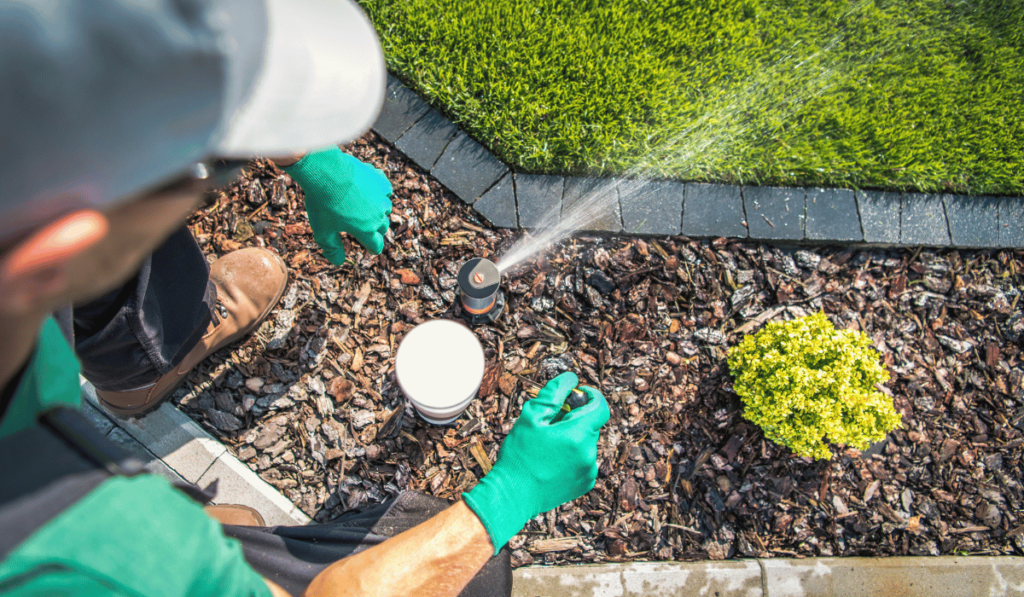
DIY vs Professional Assistance
When repairing or replacing a sprinkler system, homeowners can choose a DIY approach or professional assistance. A DIY approach can be cost-effective for simple repairs, such as replacing a broken sprinkler head or fixing a leak. However, it’s important to have a basic understanding of the components and operation of a sprinkler system, as well as access to the necessary tools and materials. For more complex repairs or a full system replacement, it is recommended to seek professional assistance. Professional services have the knowledge, experience, and equipment to properly diagnose, repair, or replace a sprinkler system.
Common Sprinkler System Repair Issues
Common issues with sprinkler systems that may require repairs include broken sprinkler heads, leaks, clogged or obstructed sprinkler heads, timer or controller problems, poor coverage, and low water pressure. A broken sprinkler head can occur due to impact from lawnmowers or heavy foot traffic. Leaks can result from worn or damaged pipes, fittings, or valves. Clogged or obstructed sprinkler heads can reduce the effectiveness of the system. Timer or controller problems can cause the system to water at the wrong times or not water at all. Poor coverage can lead to dry spots in the lawn or garden. Low water pressure can result in ineffective watering. It is important to seek professional repair services to address these issues and ensure the system operates efficiently.
Sunken Head
A hollow head is a common issue in a sprinkler system. This occurs when a sprinkler head becomes partially or fully submerged in the ground due to settling, shifting, or erosion. When this happens, the head may be unable to distribute water effectively, leading to dry spots in the lawn or garden. The hollow head can also become damaged or broken, requiring repairs or replacement. To resolve a sunken head issue, it is necessary to raise the head to its proper position or replace it with a new one.
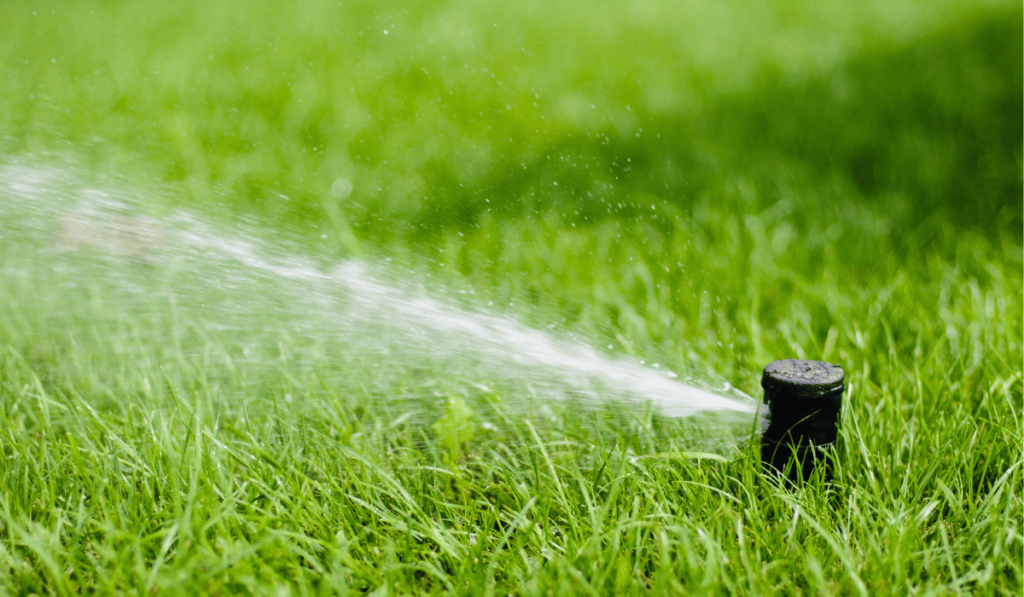
Control Valves
Control valves are an important component of a sprinkler system, as they regulate water flow to the various sprinkler heads. The control valves are typically located near the main water source and control the water pressure and flow to the sprinkler heads. There are various control valves, including manual, electric, and hydraulic valves. Common issues with control valves include leaks, clogs, and valve failure. Leaks can cause water to escape from the system, resulting in inefficiencies and higher water bills. Clogs can restrict water flow, reducing the system’s effectiveness. Finally, valve failure can result in the system not functioning at all. It is necessary to repair or replace the control valves to resolve these issues.
Clogs
can occur in a sprinkler system and restrict water flow, reducing the system’s effectiveness. Clogs can occur in pipes, fittings, valves, or sprinkler heads. The most common cause of clogs is the buildup of debris in the system, such as leaves, grass clippings, and soil. However, clogs can also occur due to mineral buildup in the pipes, such as hard water deposits. Removing the debris or mineral buildup from the pipes and other components is necessary to resolve clogs in a sprinkler system. This may involve cleaning or flushing the pipes, replacing clogged parts, or installing a water softener to address mineral buildup.
Common Problems That Require Sprinkler System Replacement
Several common problems may indicate that a sprinkler system replacement is necessary. These include:
- Age: Over time, the components of a sprinkler system can become worn and damaged, making it necessary to replace the entire system.
- Inefficiency: If the system needs to water the lawn or garden effectively or consumes excessive water, consider a replacement.
- Upgrades: Technology and design advancements in sprinkler systems may warrant a replacement if the existing system is outdated or no longer meets the property’s needs.
- Major damage: If a major component of the system, such as the main water line, becomes damaged or fails, it may be necessary to replace the entire system.
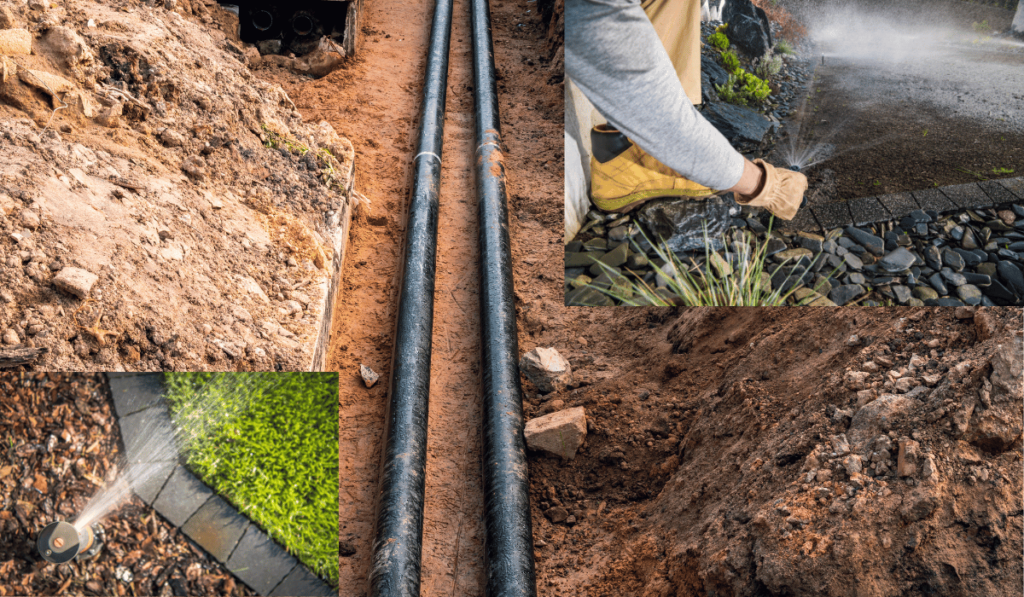
It is important to consult with a professional to assess the condition of the existing system and determine whether a repair or replacement is necessary. Professional assistance will also ensure that the new system is installed correctly and meets the property’s specific needs.
Utility Spike
A utility spike is a sudden increase in water usage that can occur in a sprinkler system. Several factors, including leaks, broken or misaligned sprinkler heads, clogs, or valve failure, can cause this increase in usage. A utility spike can result in higher water bills and can also waste water, leading to environmental and financial costs. To resolve a utility spike in a sprinkler system, it is necessary to identify and address the cause of the increased water usage. This may involve repairing or replacing components such as sprinkler heads, valves, or pipes. Professional assistance is recommended to ensure that the cause of the utility spike is properly diagnosed and addressed and to prevent any future spikes in water usage.
Recurring Issues
Recurring issues refer to problems that persist and keep reappearing in a sprinkler system despite attempts to repair or resolve them. This can be frustrating and time-consuming, and it can also be costly if the system is continuously wasting water. Common causes of recurring issues in a sprinkler system include design flaws, poor installation, improper maintenance, and the use of low-quality components. To resolve recurring issues in a sprinkler system, it is necessary to diagnose the problem and address its root cause thoroughly. In some cases, this may involve making improvements to the design or installation of the system, upgrading components, or performing regular maintenance to prevent future problems.
Poor Coverage
Poor coverage refers to an ineffective or uneven water distribution from a sprinkler system. This can result in dry or yellow patches in lawns and gardens and can also lead to water waste. Common causes of poor coverage in a sprinkler system include clogged or broken sprinkler heads, incorrect sprinkler head placement, worn or damaged nozzles, and misaligned or obstructed sprinkler arms. To resolve poor coverage in a sprinkler system, it is necessary to assess the system’s design and components and identify and address any problems contributing to the issue. This may involve repairing or replacing broken or clogged sprinkler heads, adjusting the placement or alignment of the sprinkler heads, or upgrading the system components to ensure proper water distribution.
How Old Is Your Sprinkler System?
The age of a sprinkler system can play a significant role in determining whether a repair or replacement is necessary. As a sprinkler system ages, it becomes more susceptible to wear and tear and may experience problems such as leaks, clogs, and broken or misaligned sprinkler heads. Additionally, older systems may be less efficient and effective than newer ones, resulting in poor coverage, water waste, and higher water bills. If a sprinkler system is more than 10-15 years old, consider a replacement, especially if it has been experiencing recurring issues or is no longer meeting the needs of the landscape. Before making a decision, it is important to assess the system’s condition, the severity of any problems, and the cost of repairs versus replacement. Professional assistance is recommended to ensure that the system is operating efficiently and effectively and to prevent any future problems with the system.
7 Signs You Need a Sprinkler System Repair
It’s easy to overlook the need for regular maintenance and repair of your home’s sprinkler system. But if you notice certain signs, it could be time for a repair or replacement. Knowing when it’s time to take action can save you money and headaches in the long run. Here are seven warning signs that it’s time for a sprinkler system repair or replacement:
Uneven Watering
Uneven watering refers to the uneven distribution of water from sprinkler heads. This can result in dry or yellow patches in your lawn or garden and an increased risk of water waste. Various factors, including clogged nozzles, misaligned heads, or problems with the control valves or timer, can cause this.
Change in Water Pressure
Water pressure is the force with which water flows through a pipe or an enclosed system. Various factors, such as changes in the water supply, changes in the flow rate, and changes in the height of the water column, can cause a change in water pressure. An increase in water pressure can lead to higher water flow, while a decrease in water pressure can result in a lower flow rate.Faulty Control Valves
A control valve is a device that regulates the flow of liquids or gases in a piping system. It is essential in many industrial and commercial processes and controls pressure, flow rate, and temperature. A faulty control valve can lead to several problems, such as leaks, blockages, and fluctuations in pressure. In addition, if a control valve fails, it can disrupt the operation of the entire system and cause damage to equipment and infrastructure. Therefore, regular maintenance and inspection of control valves are necessary to prevent failures and ensure the smooth functioning of the system.
Sputtering Sprinkler Heads
This can result in water waste, reduced coverage, and damage to the surrounding area. In addition, various factors, including clogged nozzles, worn or damaged parts, and issues with the water pressure, can cause sputtering sprinkler heads. To prevent sputtering and ensure effective irrigation, it is important to regularly inspect and maintain the sprinkler system, including checking for clogs and making repairs as necessary. In addition, proper installation, maintenance, and use of the system can help ensure reliable and efficient operation.
Drips or Leaks
Drips or leaks refer to the uncontrolled release of water from a plumbing or piping system. These can result in water waste and increased utility bills and can also cause damage to the surrounding area. Various factors, including worn or damaged pipes, fittings, valves, corrosion, and improper installation or maintenance, can cause leaks. To prevent leaks, it is important to regularly inspect the plumbing system, repair any visible damage, and replace worn or damaged components. Prompt repair of leaks can help conserve water, reduce costs, and prevent further damage to the system or surrounding area.
Expensive Water Bills
Expensive water bills refer to high monthly charges for water use, often resulting from inefficiencies in the plumbing or irrigation systems. Various factors, such as leaks, high water usage, and inefficient practices, can cause this. To reduce water bills, it is important to identify the sources of high water usage and take steps to address them, such as repairing leaks, reducing water waste, and installing water-saving devices. Regular monitoring of water usage and billing statements can help identify any issues and ensure that the costs are accurate and fair. In addition, implementing water-saving practices and making necessary repairs and upgrades to the system can help reduce water bills and conserve this valuable resource.
Soil Erosion
In areas with steep slopes or heavy rainfall, soil erosion can cause landslides and damage to infrastructure. To prevent soil erosion, it is important to implement conservation practices, such as maintaining vegetation, installing terraces or retaining walls, and reducing tillage. Proper land use and management practices can ensure the long-term stability and productivity of the soil and reduce the risk of erosion-related problems.
Conclusion
Many potential issues can arise in plumbing, irrigation, and water management systems, ranging from water pressure fluctuations to soil erosion. These issues can result in water waste, environmental and infrastructure damage, and increased costs. To prevent these problems, it is important to regularly inspect and maintain these systems, implement water-saving practices, and address any issues as soon as they arise. By taking proactive steps to manage these systems effectively, we can conserve water, protect the environment, and ensure these critical systems’ long-term viability and reliability.

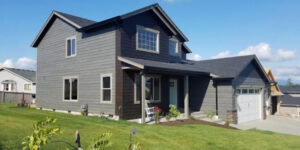
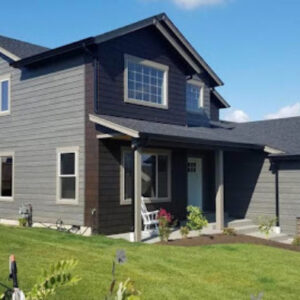

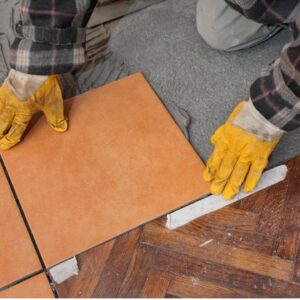





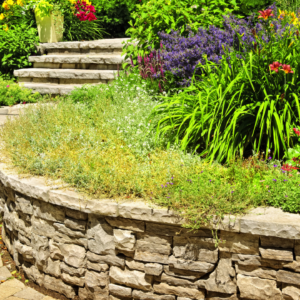

Commented Posts